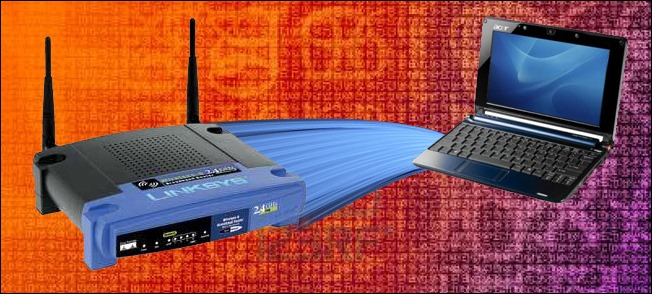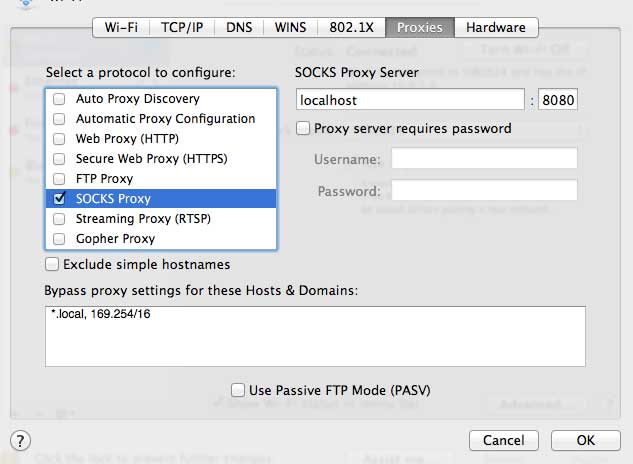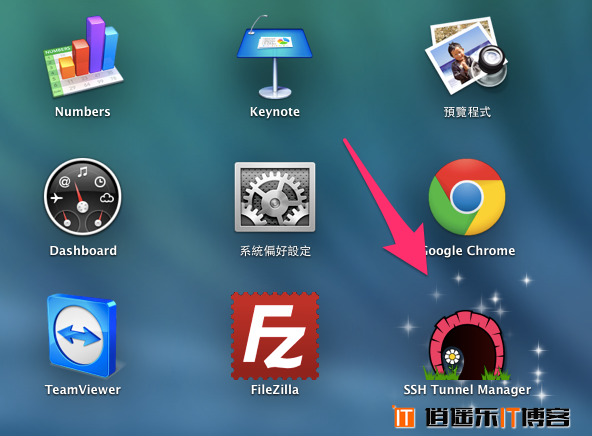
In this file I put my various port-forwards in this format: LocalForward 10000 10.200.0.1:23 I don’t want to port-forward all the time, so I will create a non-standard local config file called ~/.ssh/customer-a.cfg By default SSH reads /etc/ssh/sshd_config for system-wide parameters, and also the ~/.ssh/config file (if it exists) for user-specific parameters. If you need to create a number of local port-forwards, this can be done in a config file instead.
#Mac ssh tunnel mac#
The command format to do this on OSX is: ssh -C -L :: for example, I can forward local port 1000 on my Mac to the remote device’s port 23 using this command (sudo has to be used for local ports lower than 1024): sudo ssh -C -L 1000:10.200.0.1:23 authenticated, I can open another terminal window and type: telnet localhost 1000Īnd hey-presto, I get connected to a remote router via telnet through an encrypted SSH tunnel! The -C parameter is for compression and isn’t actually necessary. Local port numbers are forwarded to the remote host via an SSH tunnel to the intermediate host. In this situation, what happens is that you set up local port-forwarding. To get around installing some kind of VPN gateway, the easiest thing to do is to create an SSH tunnel.

What you see-if anything-depends on whether connections have ever been made from the remote computer to the local computer.In certain situations, I need to connect to a remote network via a bastion host but only have SSH available to me. Or you may see a warning as the connection details are added to the list of recognized SSH hosts. Ssh -R 43022:localhost:22 may get a warning about having never connected to the local computer before.

is the user account the remote computer is going to connect to on the local computer.Port 43022 was chosen because it is listed as being unallocated. The “43022:localhost:22” tells ssh that connection requests to port 43022 on the local computer should be forwarded to port 22 on the remote computer.The -R (reverse) option tells ssh that new SSH sessions must be created on the remote computer.

On the remote computer, we use the following command. To have the SSH daemon start each time you reboot your computer, use this command: sudo systemctl enable sshd SSH will already be installed on your Linux computer, but you may need to start the SSH daemon (sshd) if the local computer has never accepted SSH connections before. It’s easier to set up than it is to describe. Reverse SSH tunneling allows you to use that established connection to set up a new connection from your local computer back to the remote computer. The answer lies in reverse SSH tunneling. You have an established connection between the two computers. That alone isn’t sufficient for your needs, however, because it doesn’t provide you with a working command-line session on the remote computer. It really doesn’t matter what the specific network issue is-this is useful whenever you can’t SSH straight to a remote computer.īut if the networking configuration on your end is straightforward, the remote computer can connect to you. That isn’t an option in the networking scenario we’re describing. Normally you’d fire up an SSH connection from the local computer and connect to the remote computer.

To differentiate between the local and remote computers used in this article, the remote computer is called “howtogeek” and is running Ubuntu Linux (with purple terminal windows). The local computer is called “Sulaco” and is running Manjaro Linux (with yellow terminal windows).


 0 kommentar(er)
0 kommentar(er)
